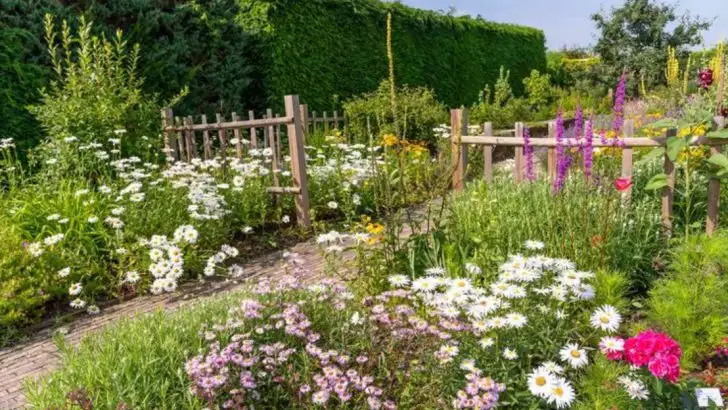A meadow garden is a breathtaking, low-maintenance alternative to a traditional lawn, filled with wildflowers, native grasses, and pollinator-friendly plants. Not only does it create a vibrant and natural aesthetic, but it also supports biodiversity, improves soil health, and reduces the need for watering and mowing.
By carefully selecting native plants, preparing the soil, and allowing nature to take its course, you can cultivate a meadow that thrives year after year with minimal upkeep. Whether you’re aiming for a colorful wildflower haven or a more structured design, a meadow garden brings life and movement to your backyard while benefiting local wildlife.
Follow these 10 essential steps to transform your outdoor space into a thriving, sustainable meadow garden!
Choose the Right Location
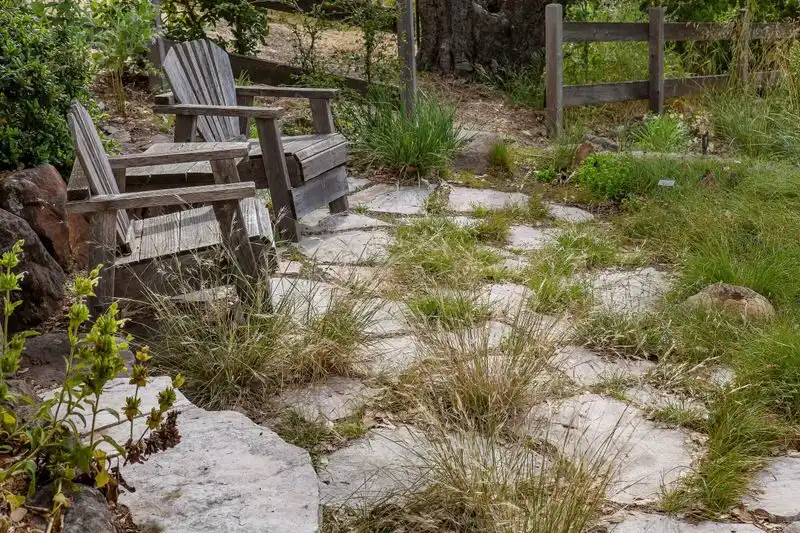
The first step in creating a meadow garden is selecting the optimal location. Look for an area in your backyard that receives plenty of sunlight throughout the day, as most meadow plants thrive in sunny spots. Consider how this area drains after rain. Ideally, it should have good drainage to prevent waterlogging, which can hinder growth. Also, think about proximity to your house and pathways for easy access and enjoyment.
Select Native Plants
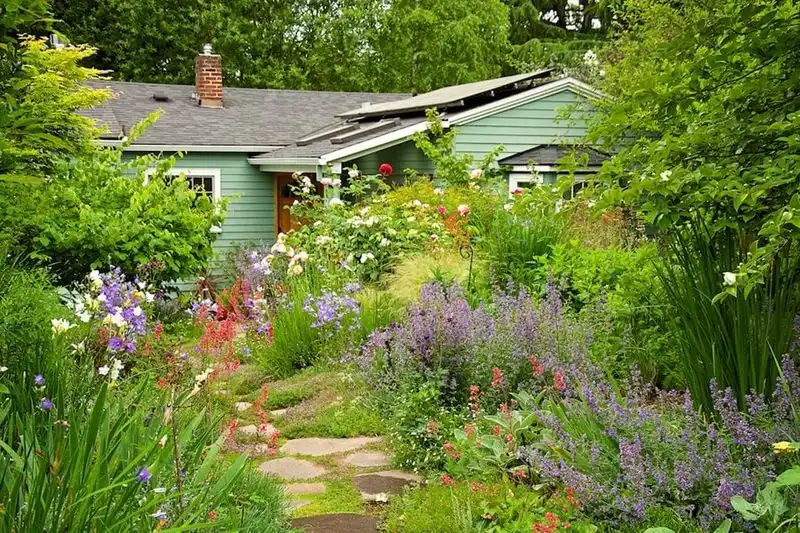
Choosing native plants for your meadow ensures that they are well-suited to your region’s climate and soil conditions. Native plants require less maintenance and water, making them a sustainable choice. Research local wildflowers and grasses that support the local ecosystem, attracting beneficial insects and birds. This step not only enhances the ecological value of your garden but also makes it visually captivating with a tapestry of colors and textures.
Prepare the Soil
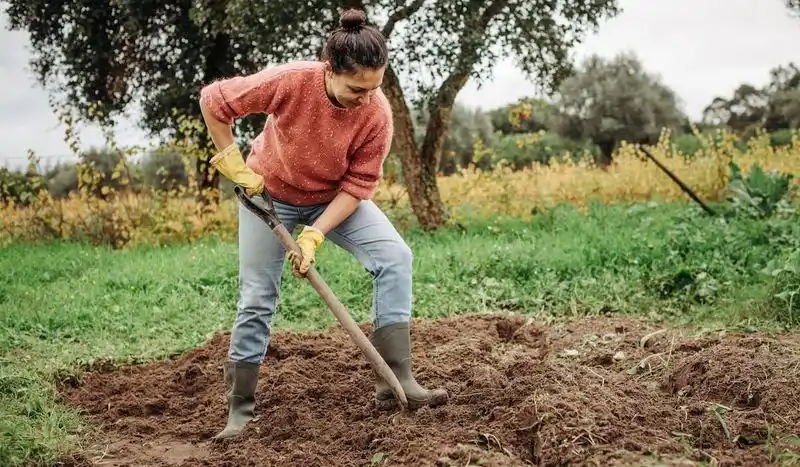
Healthy soil is the backbone of a successful meadow garden. Begin by removing any existing grass or weeds, as these can compete with your meadow plants for nutrients. Loosen the soil with a hoe or tiller to a depth of about 6 inches. Incorporating organic matter, such as compost, enriches the soil, improving its structure and fertility. This preparation creates a welcoming environment for your seeds to take root and flourish.
Plan a Planting Design
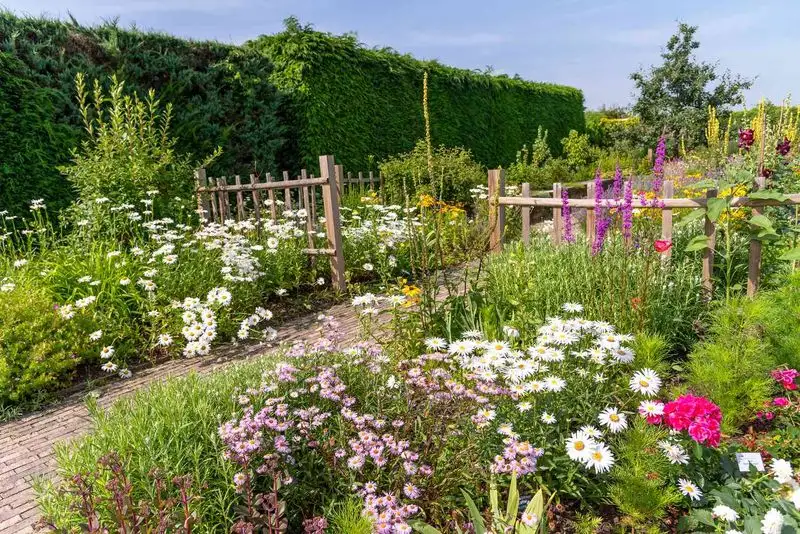
Designing your planting layout is both an art and a science. Consider grouping plants with similar heights and colors together to create visual harmony. Include a mix of flowering times to ensure that something is always in bloom throughout the seasons. A thoughtfully planned design allows for easy maintenance and a more aesthetically pleasing garden. Think of your meadow as a canvas, where each plant plays a role in the overall picture.
Sow the Seeds
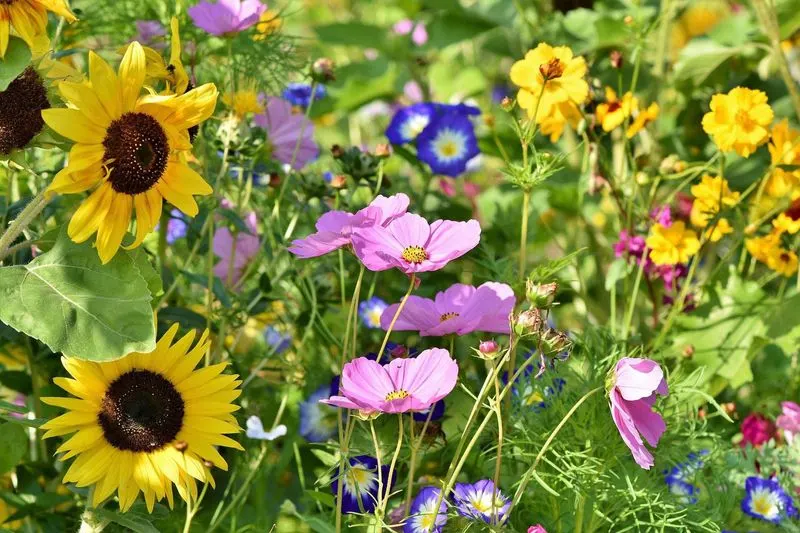
Sowing seeds is a moment filled with promise and anticipation. Choose a calm day to scatter your seeds evenly across the prepared soil. Mixing seeds with sand helps distribute them more uniformly. Lightly rake the soil afterward to ensure good seed-to-soil contact. Water gently to settle the seeds in place. This simple step sets the stage for your meadow garden to burst into life, with each seed holding the potential for beauty.
Water with Care
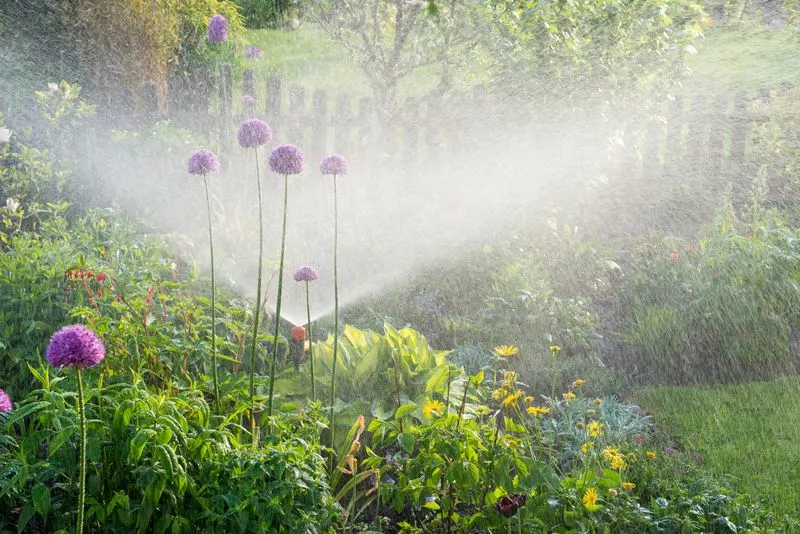
Watering is crucial, especially in the early stages of your meadow’s development. Ensure the soil remains consistently moist until the seedlings are established. Use a gentle spray to avoid washing away seeds or young plants. Over time, your meadow will become more resilient, requiring less frequent watering. By nurturing your garden with water, you support the growth of a vibrant and healthy ecosystem.
Mulch for Protection

Applying mulch is like wrapping your meadow in a protective blanket. Use straw or shredded leaves to cover the soil lightly, helping retain moisture and suppress weeds. Mulch also adds organic matter as it breaks down, further enriching the soil. This layer of protection ensures that your young plants have the best chance to grow strong and true, safeguarding their early development against harsh weather and competition.
Monitor and Maintain
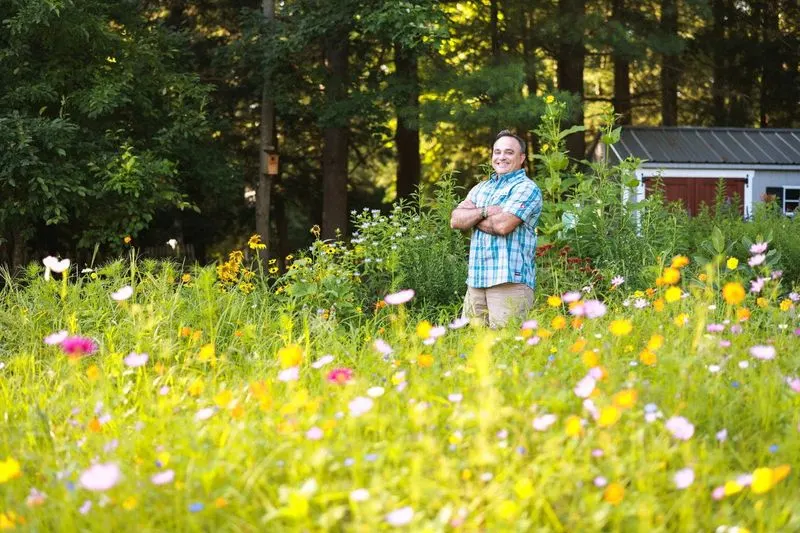
Regular monitoring and maintenance keep your meadow garden thriving. Check for any signs of pests or diseases and address them promptly. Remove invasive weeds that may appear, as they can crowd out your desired plants. Pruning spent flowers encourages new blooms and maintains the garden’s vigor. By staying attentive, you ensure your meadow remains a healthy, dynamic habitat for wildlife and a joy to behold.
Encourage Wildlife

A meadow garden is a sanctuary for wildlife, inviting birds, bees, and butterflies. Installing birdhouses and bee hotels provides shelter, while a small water feature can attract even more visitors. By fostering a wildlife-friendly environment, you support biodiversity and bring lively activity to your garden. The flutter of wings and the buzz of bees become part of your outdoor symphony, enhancing the garden’s appeal.
Enjoy the Serenity
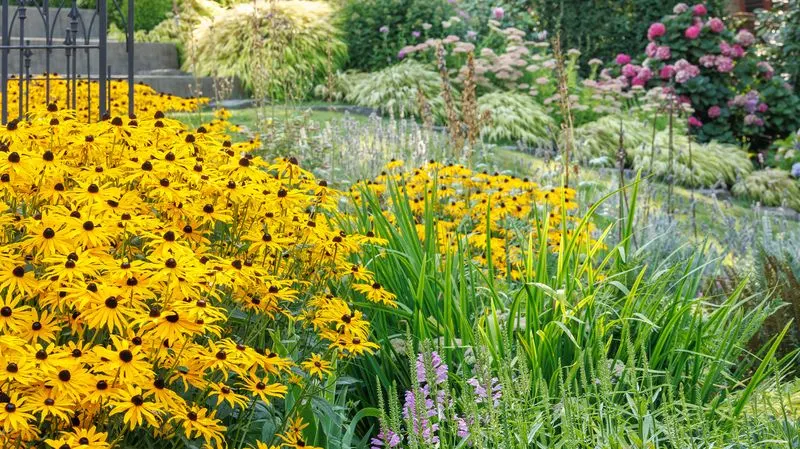
After nurturing your meadow garden, take time to enjoy its serene beauty. Install a bench or a hammock where you can relax and observe the dance of colors and life. The gentle rustle of grasses and the fragrance of wildflowers offer a peaceful retreat. This space becomes a personal haven, where you can unplug from the world and reconnect with nature. Relish the tranquility and the fruits of your labor.

